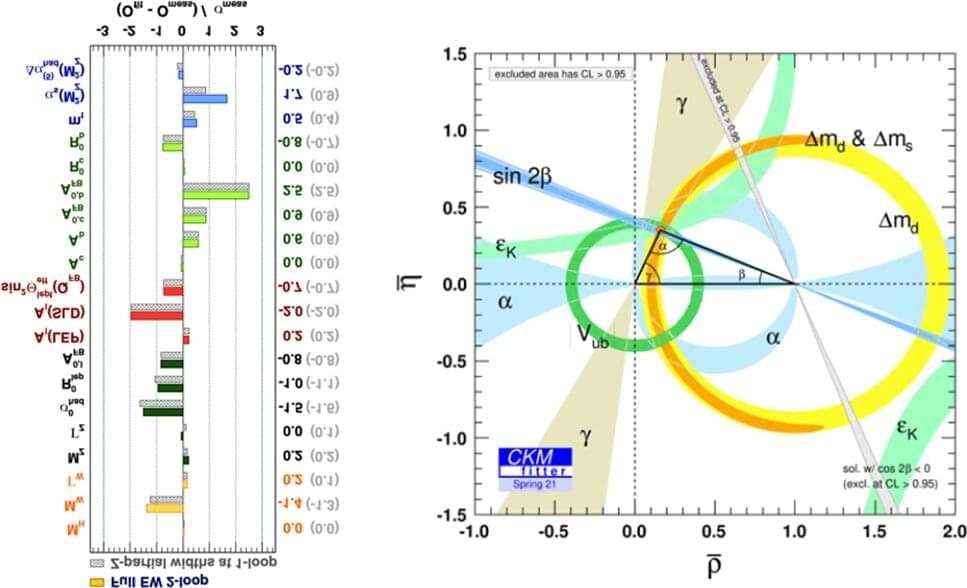Opinion Piece. What’s your opinion?
The social media platform formerly known as Twitter has gone through another remarkable evolution thanks to owner Elon Musk. The platform is now called “X” and is even sporting a brand spanking new logo. The blue bird has taken its last flight and the site seems poised to bring its users into the next venture in the Muskverse.
But not everyone has been happy with the changes Musk has made since taking over the company. Rep. Alexandria Ocasio-Cortez (D-NY) recently went after Musk for the supposed harassment she receives on the platform. It seems that since the day he bought the social media company, he has been making leftists’ heads explode, and AOC is far from an exception in claiming she “never experienced more harassment on this platform” than she does now. She also claimed people “now pay to give their harassment more visibility.”
Musk responded to Ocasio-Cortez’s criticism of the platform’s safety measures with in quintessential Shakespearian fashion: “Methinks somebody doth protest too much.” Yet this is just the latest in a long line of diatribes the lawmaker has levied against the X owner. And while it is hard to believe the claims of someone who once faked being handcuffed while protesting during a pro-abortion demonstration, the question is worth exploring: Is Twitter, now X, better off under Musk than it was before?







